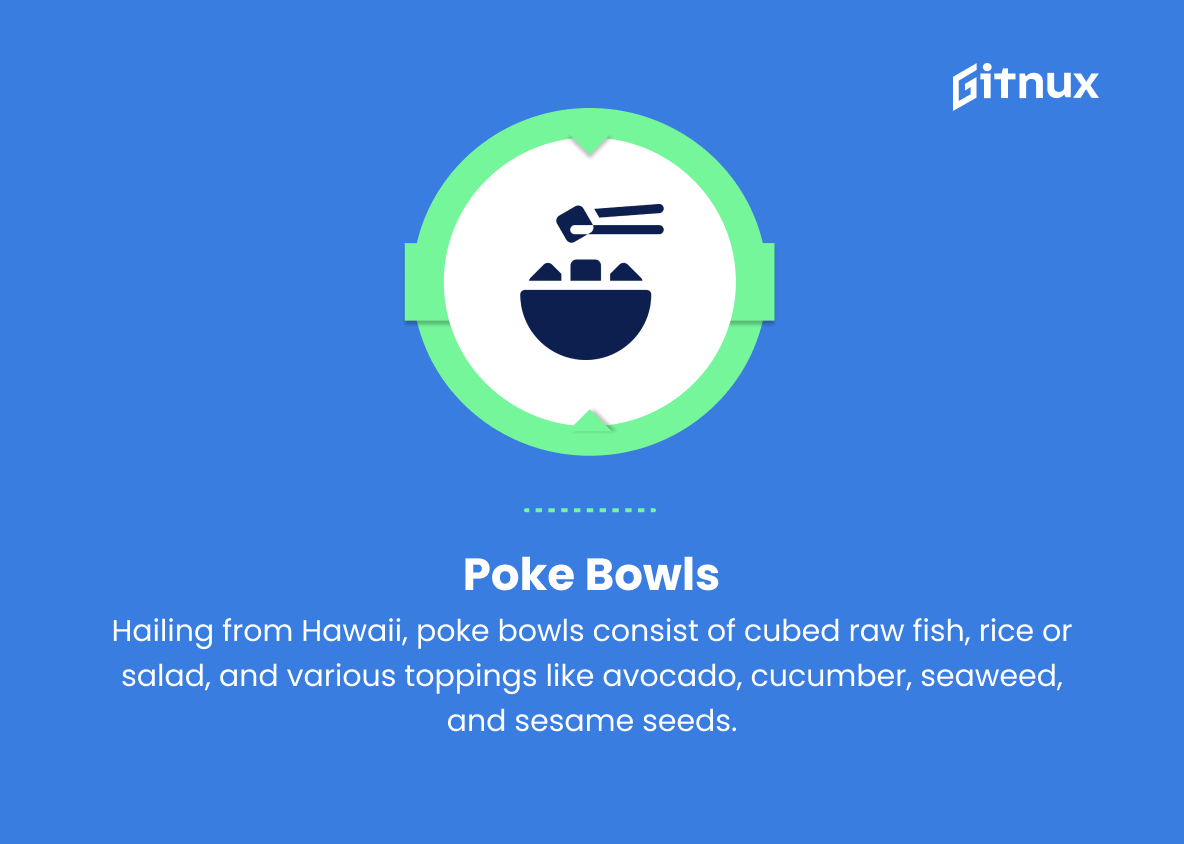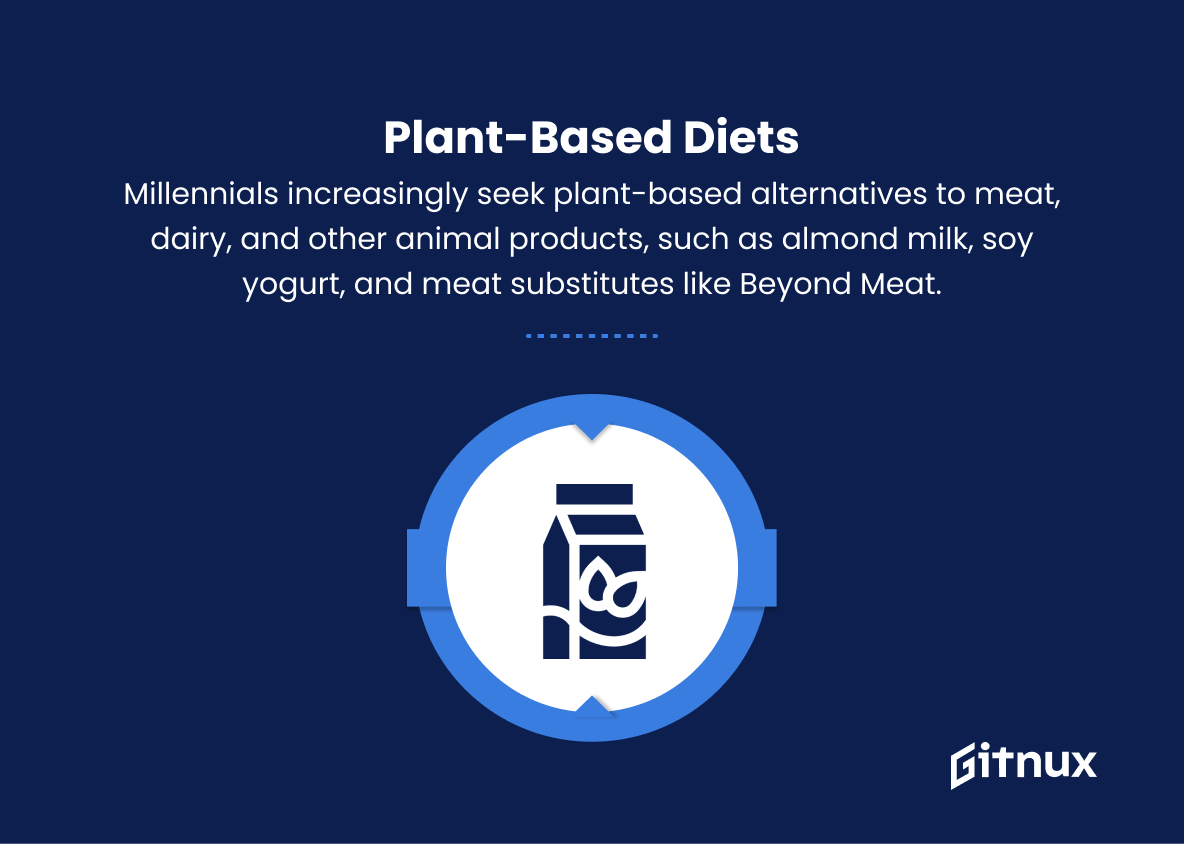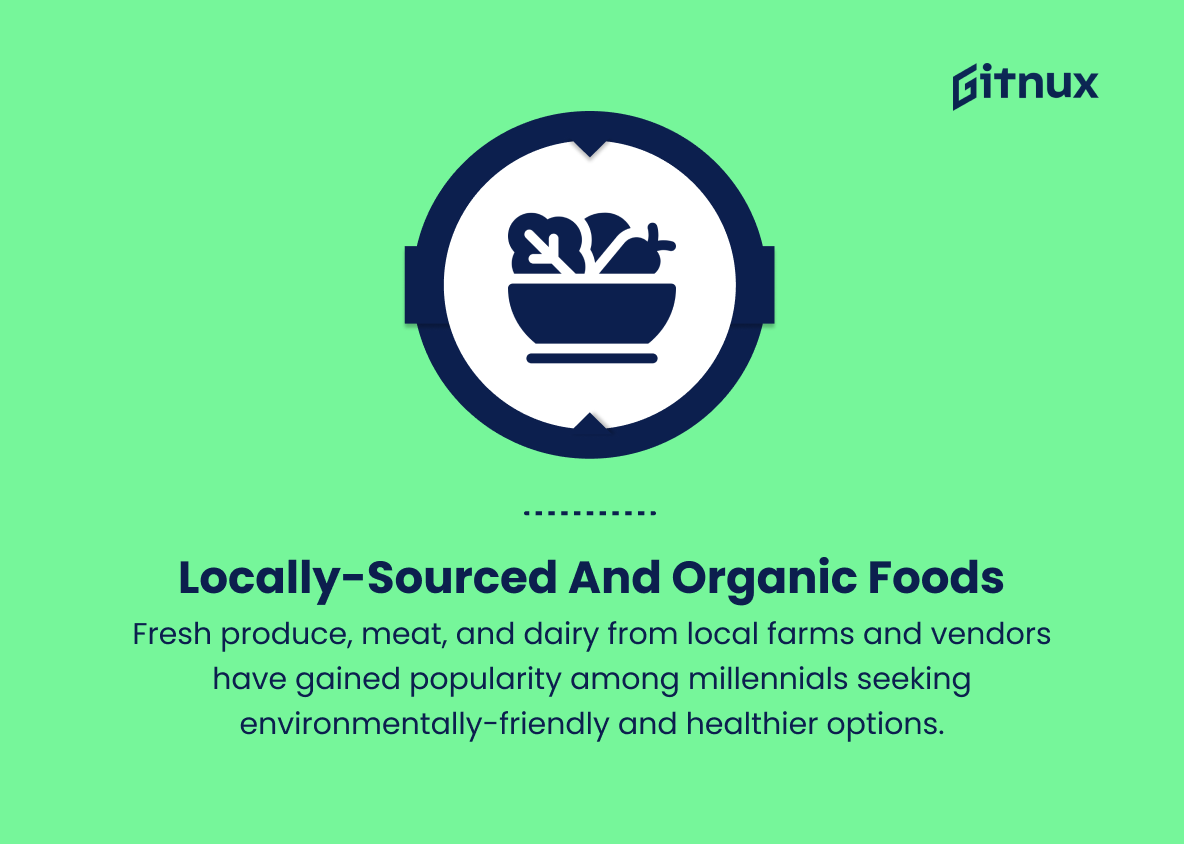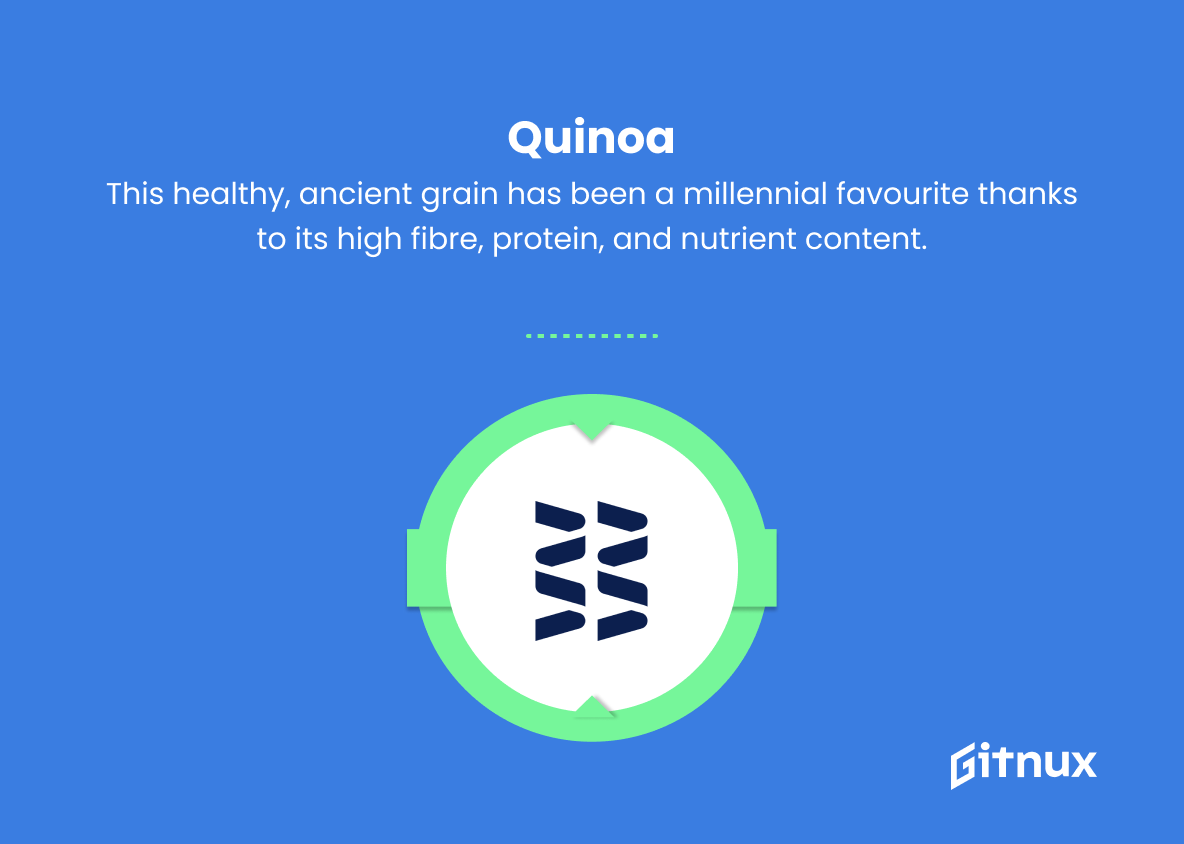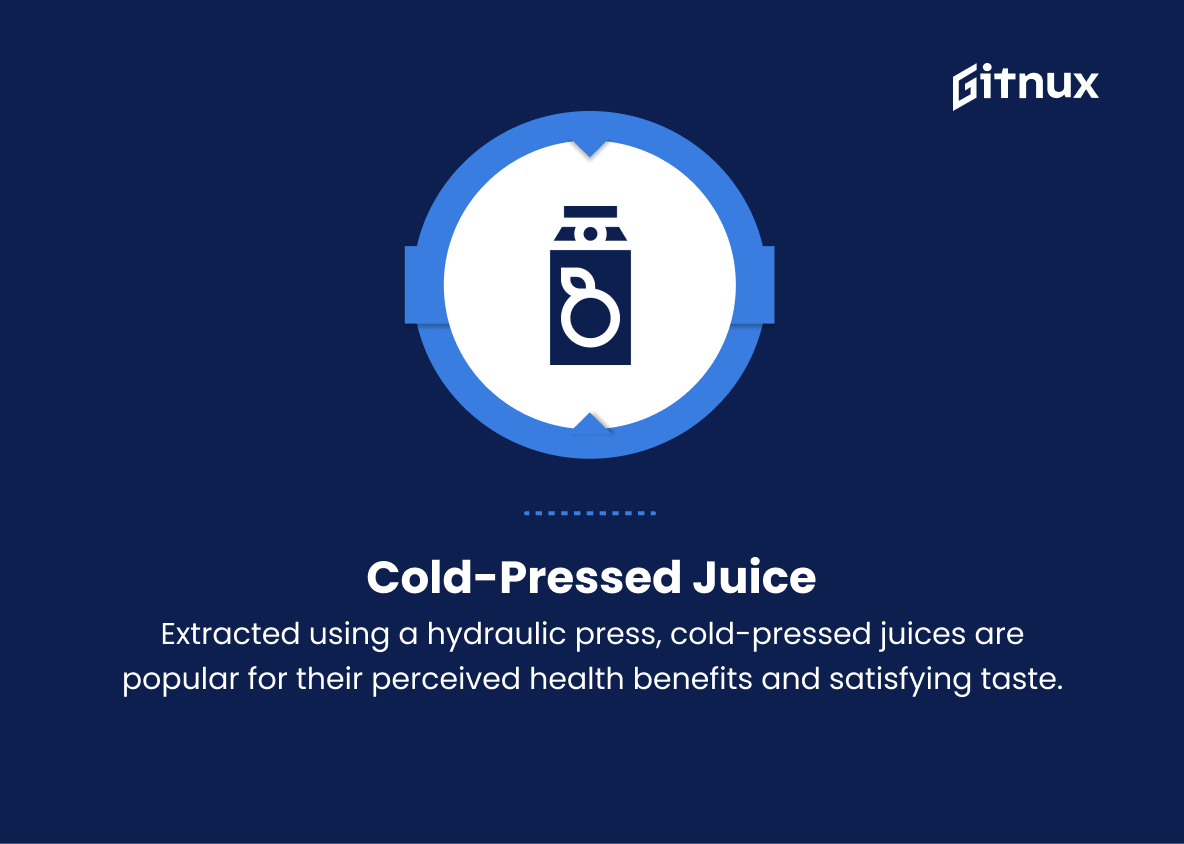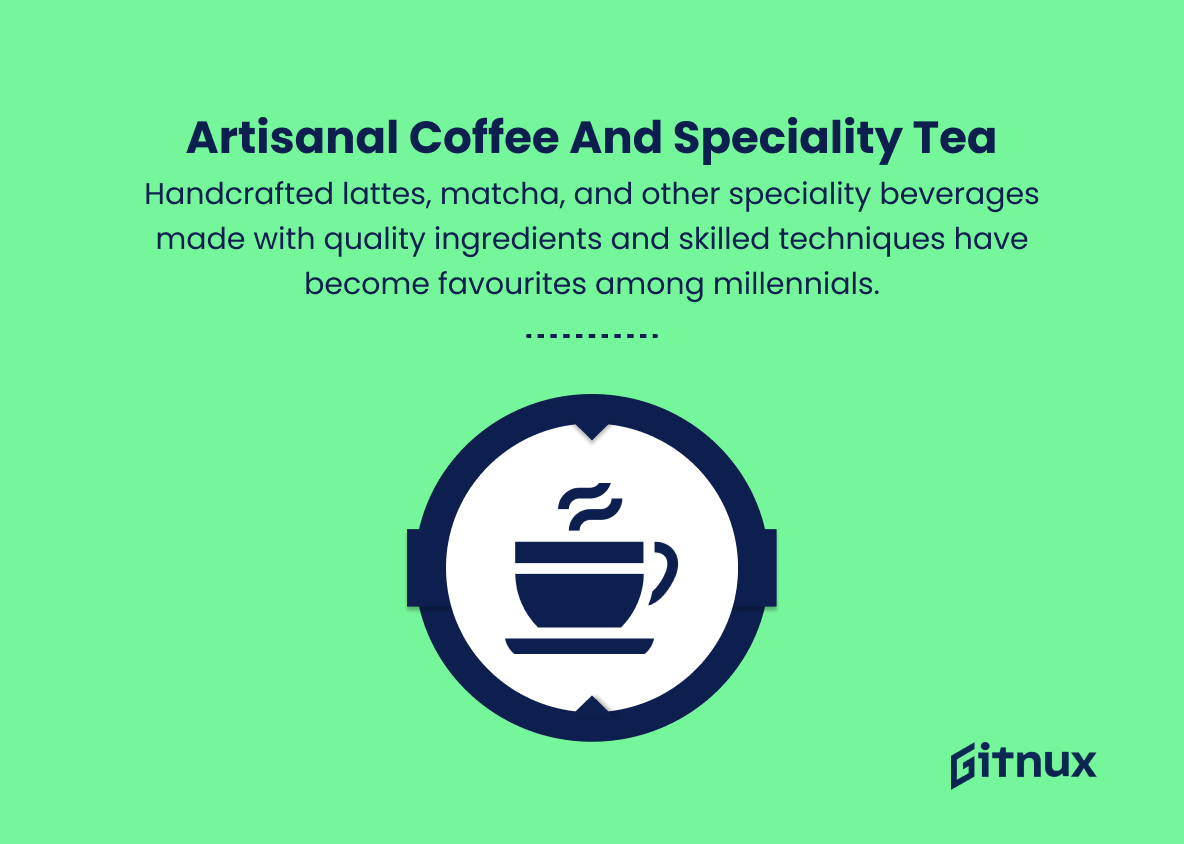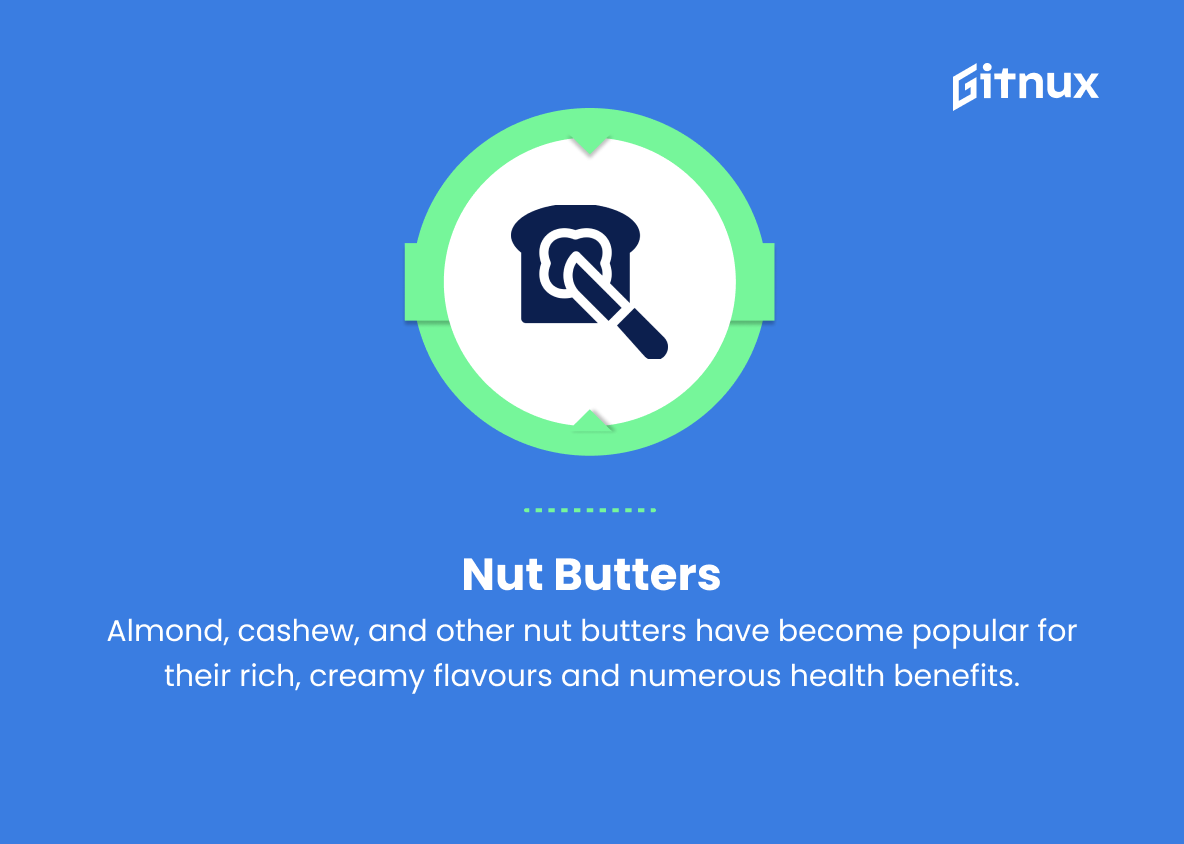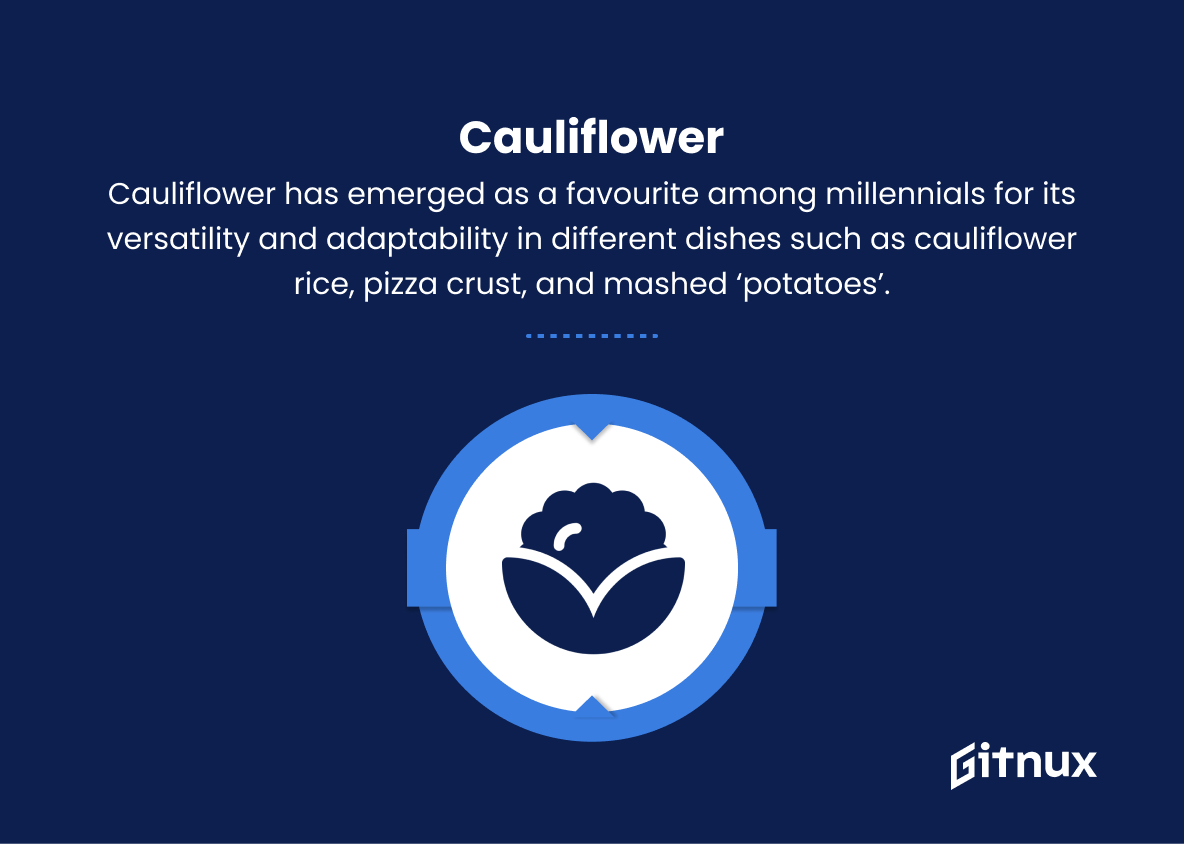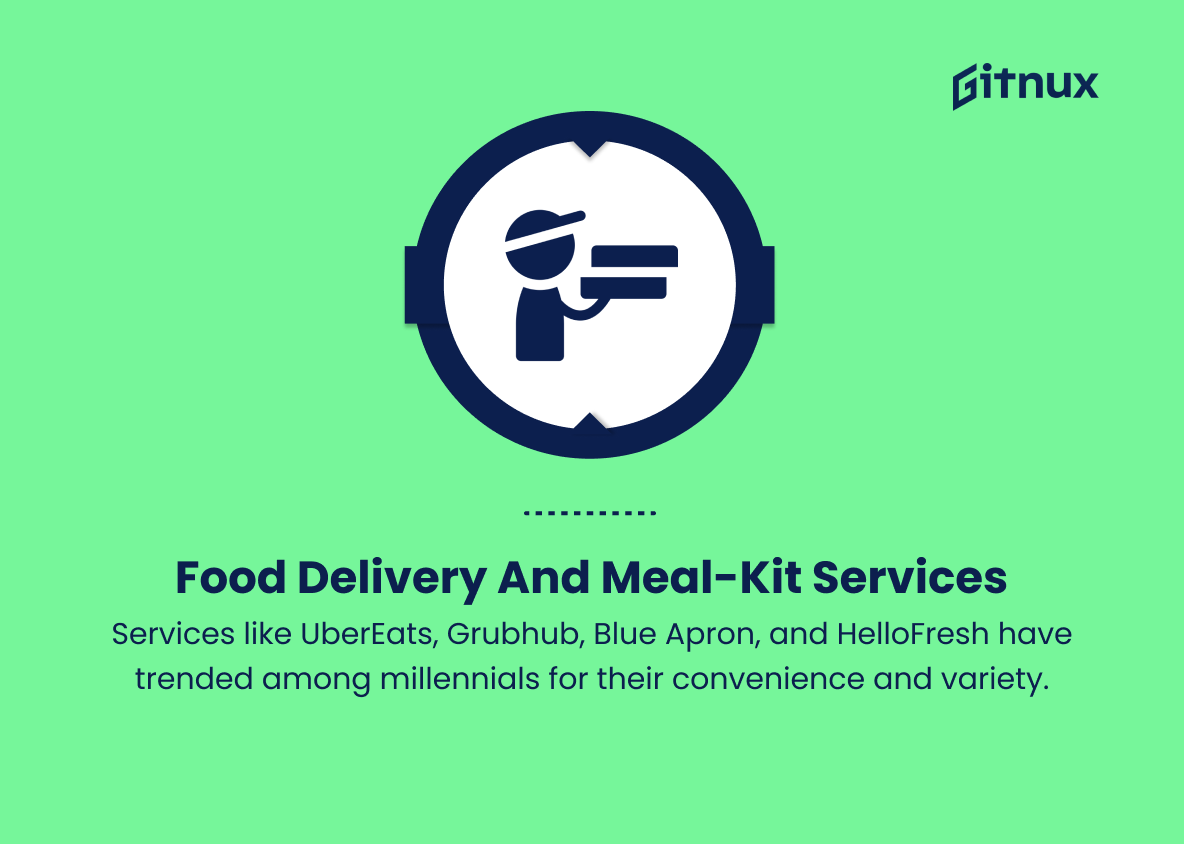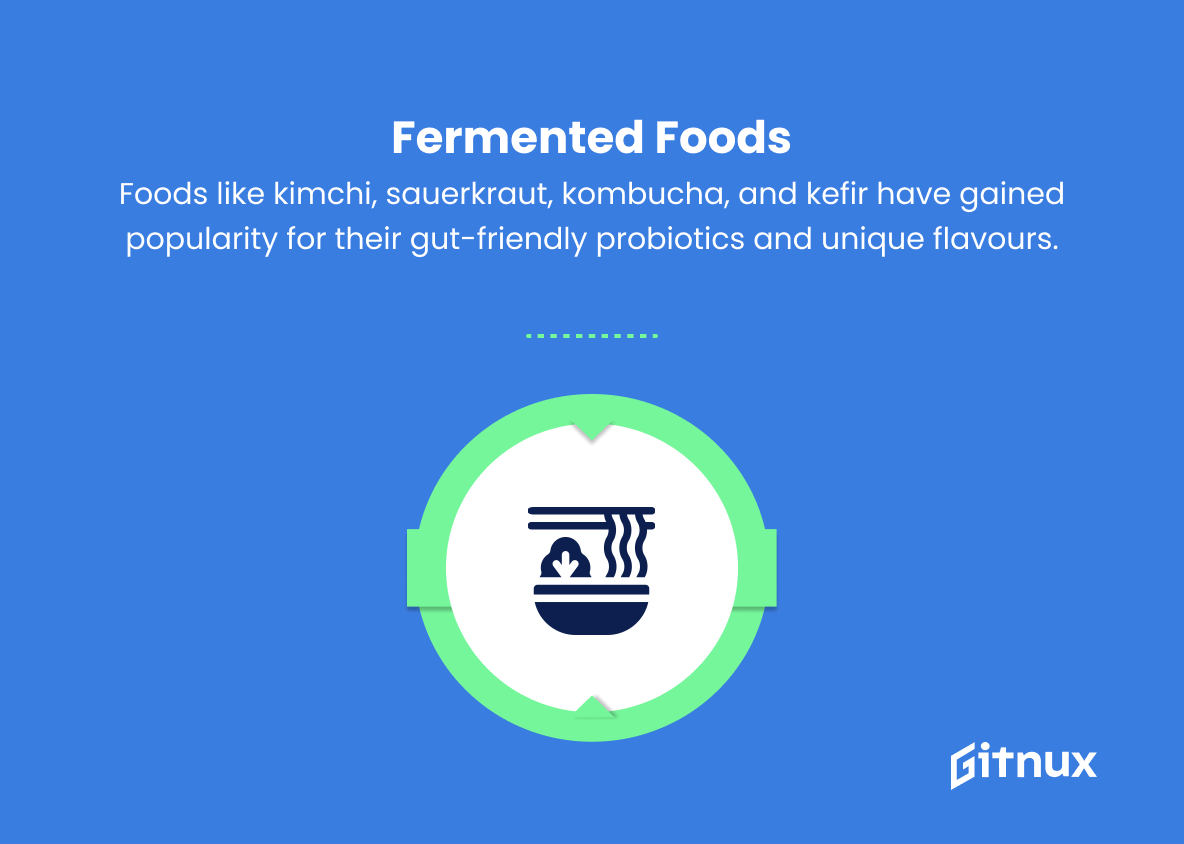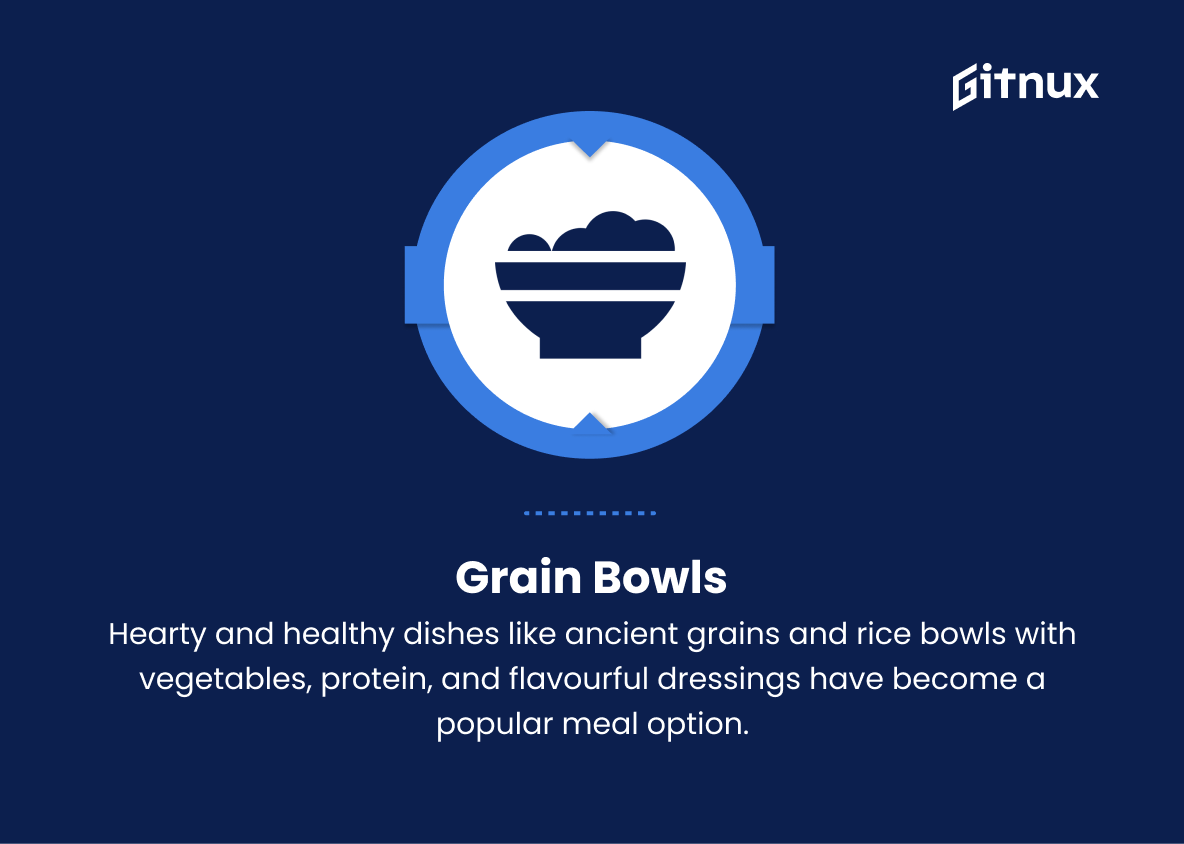In today’s rapidly evolving culinary landscape, millennial food trends have undeniably captured the world’s attention, influencing not only individual taste buds but also the direction of the ever-expanding food industry. As societal values shift towards sustainability, convenience, and innovative experiences, the culinary preferences of this influential generation play a profound role in shaping our gastronomical future.
In this insightful blog post, we delve deep into the realm of millennial food trends, exploring the key drivers behind these remarkable culinary innovations and how they are impacting our relationship with food. So prep your palate, and join us on this gastronomic journey as we uncover the true essence of millennial food culture.
Top Millennial Food Trends
1. Avocado toast
A popular combination of mashed avocado, salt, pepper, lemon, and chilli flakes on toasted bread. This creamy and crunchy dish has achieved cult status among millennials.
2. Smoothie bowls
Smoothie bowls are thick, spoonable smoothie blends topped with granola, fruits, nuts, seeds, and various superfoods.
3. Poke bowls
Hailing from Hawaii, poke bowls consist of cubed raw fish, rice or salad, and various toppings like avocado, cucumber, seaweed, and sesame seeds.
4. Plant-based diets
Millennials increasingly seek plant-based alternatives to meat, dairy, and other animal products, such as almond milk, soy yogurt, and meat substitutes like Beyond Meat and Impossible Burgers.
5. Locally-sourced and organic foods
Fresh produce, meat, and dairy from local farms and vendors have gained popularity among millennials seeking environmentally-friendly and healthier options.
6. Quinoa
This healthy, ancient grain has been a millennial favourite thanks to its high fibre, protein, and nutrient content.
7. Cold-pressed juice
Extracted using a hydraulic press, cold-pressed juices are popular for their perceived health benefits and satisfying taste.
8. Artisanal coffee and speciality tea
Handcrafted lattes, matcha, and other speciality beverages made with quality ingredients and skilled techniques have become favourites among millennials.
9. Nut butters
Almond, cashew, and other nut butters have become popular for their rich, creamy flavours and numerous health benefits.
10. Cauliflower
Cauliflower has emerged as a favourite among millennials for its versatility and adaptability in different dishes such as cauliflower rice, pizza crust, and mashed ‘potatoes’.
11. Food delivery and meal-kit services
Services like UberEats, Grubhub, Blue Apron, and HelloFresh have trended among millennials for their convenience and variety.
12. Fermented foods
Foods like kimchi, sauerkraut, kombucha, and kefir have gained popularity for their gut-friendly probiotics and unique flavours.
13. Grain bowls
Hearty and healthy dishes like ancient grains and rice bowls with vegetables, protein, and flavourful dressings have become a popular meal option.
14. Sustainability and eco-friendly packaging
Millennials have embraced zero-waste practices, preferring reusable or biodegradable packaging and supporting restaurants and brands that make conscious efforts to minimize waste.
15. Craft beer and microbreweries
The appreciation for unique, locally-produced artisanal beer has grown significantly among millennials.
These are just a few examples of millennial food trends, and the list evolves as new foods and flavours gain popularity with each passing year.
Implications
Millennial food trends, such as avocado toast, smoothie bowls, poke bowls, and the rise of plant-based diets, indicate an increasing preference for healthier, more sustainable food choices among younger generations. Other trends, like the popularity of locally-sourced, organic foods, quinoa, cold-pressed juice, artisanal coffee, and nut butters, further emphasize the shift toward more environmentally-friendly and better-for-you options. The rise of cauliflower as an adaptable ingredient and the widespread use of food delivery and meal-kit services show how convenience is also a key factor in today’s dietary choices.
As millennials increasingly opt for fermented foods, grain bowls, and zero-waste practices, prioritizing gut health and sustainable living is evident. The popularity of craft beer and microbreweries, which champion local production and unique flavours, rounds out a broader trend of millennial consumers valuing eco-consciousness and mindful living in their food choices. As these trends continue to evolve, we can expect a lasting impact on food culture, with a greater emphasis on health, sustainability, and convenience in the years to come.
Conclusion
In conclusion, Millennial food trends have proven to be powerful driving forces in the ongoing evolution of the culinary world. From prioritizing sustainability and healthier options, to incorporating global flavours and embracing innovation through technology, Millennials have shaped the way we approach food and the dining experience.
As we continue to adapt and grow within this ever-changing landscape, it is essential for the food industry to stay attuned to these trends and preferences, ensuring that the needs and desires of this influential generation are met. Ultimately, embracing these Millennial food trends not only serves to satisfy their cravings but also paves the way for a more diverse, eco-conscious, and interconnected culinary future that benefits everyone.


